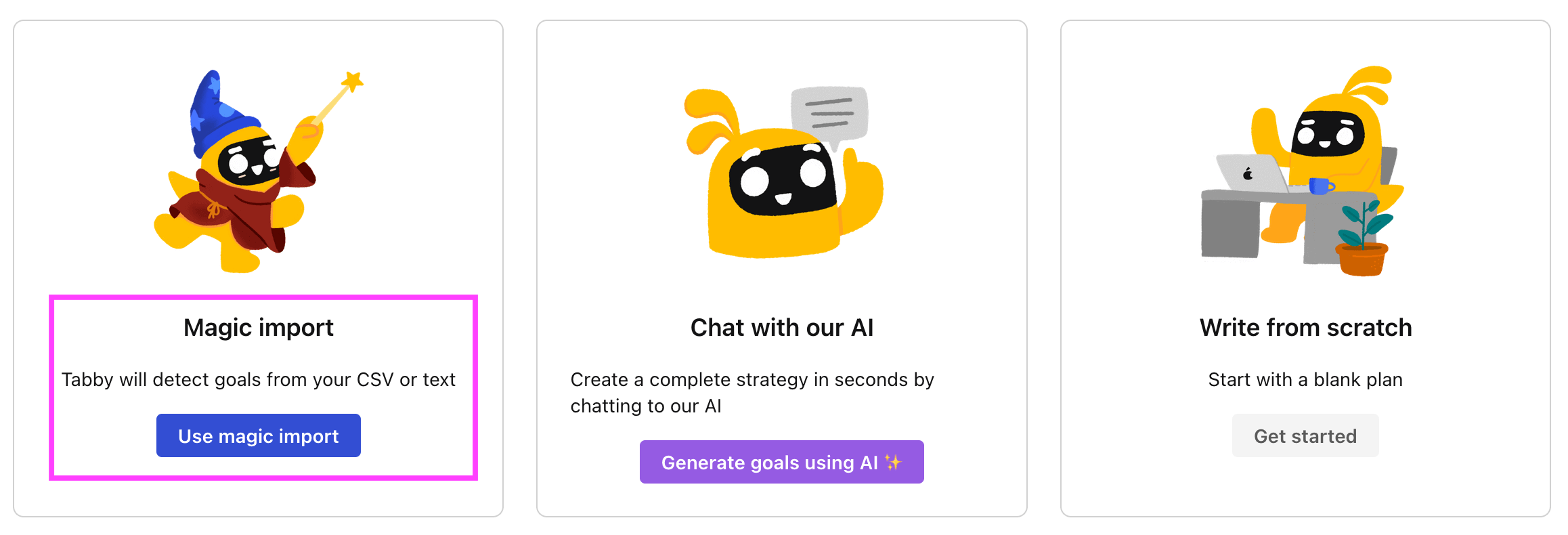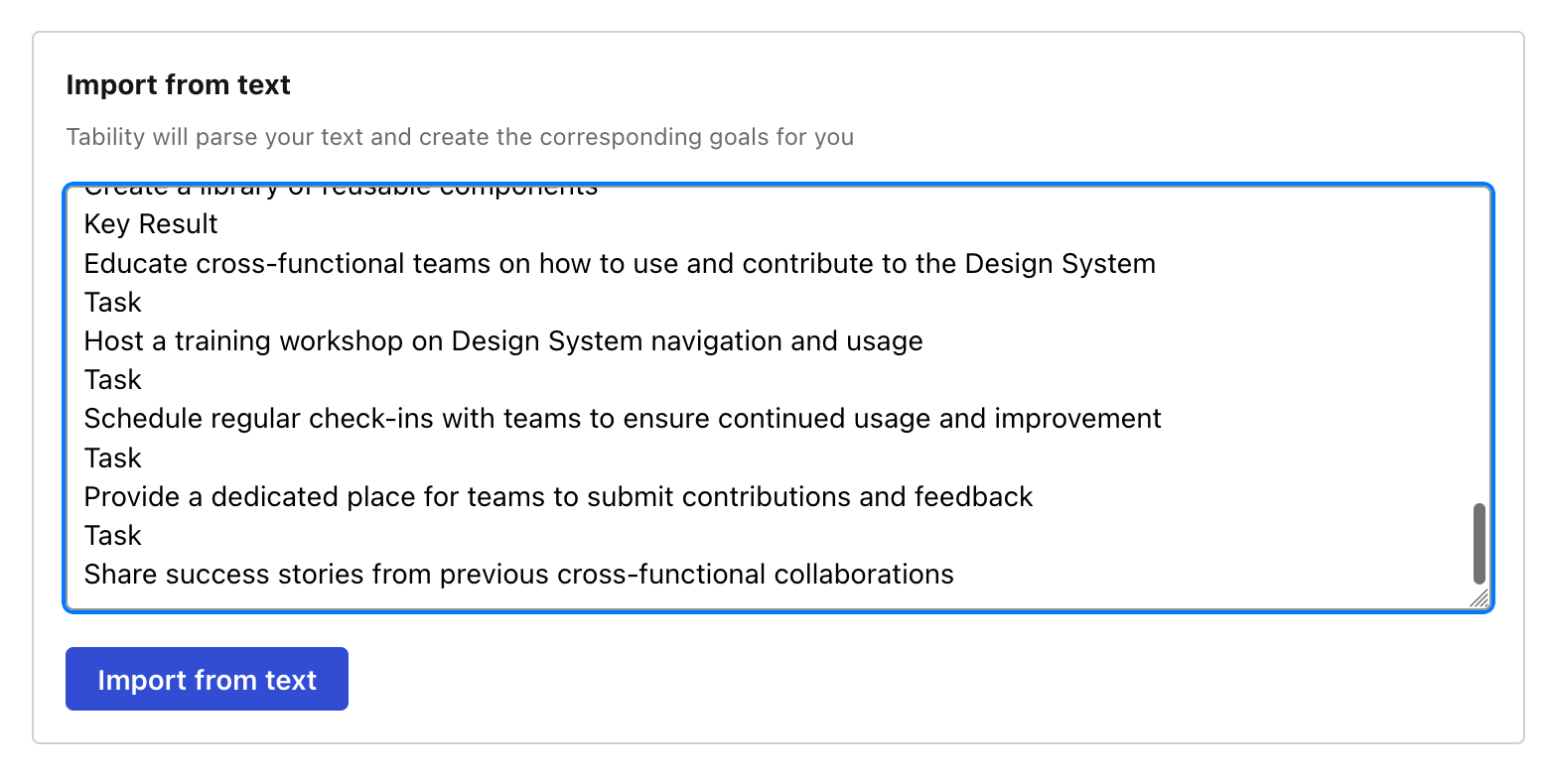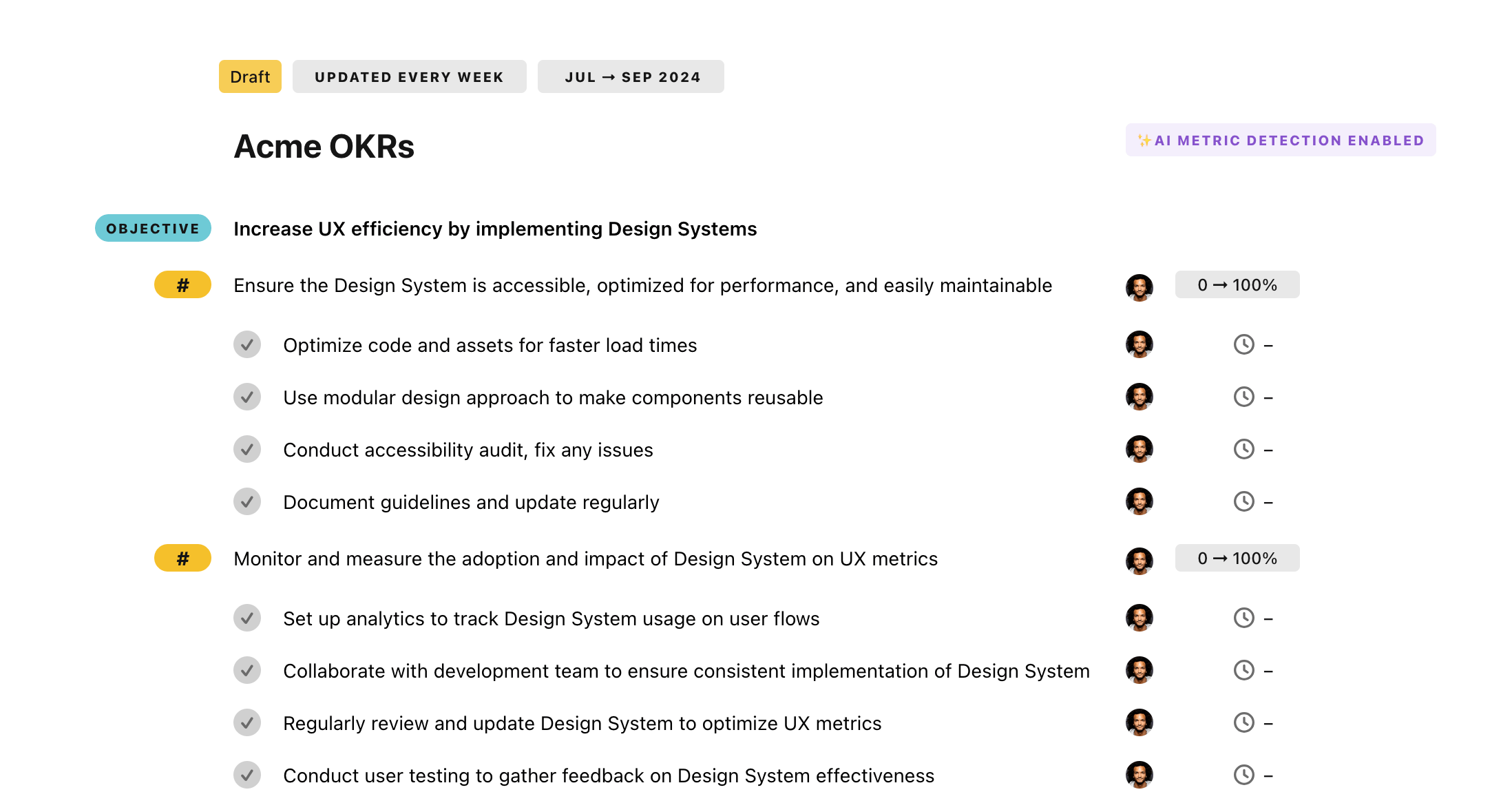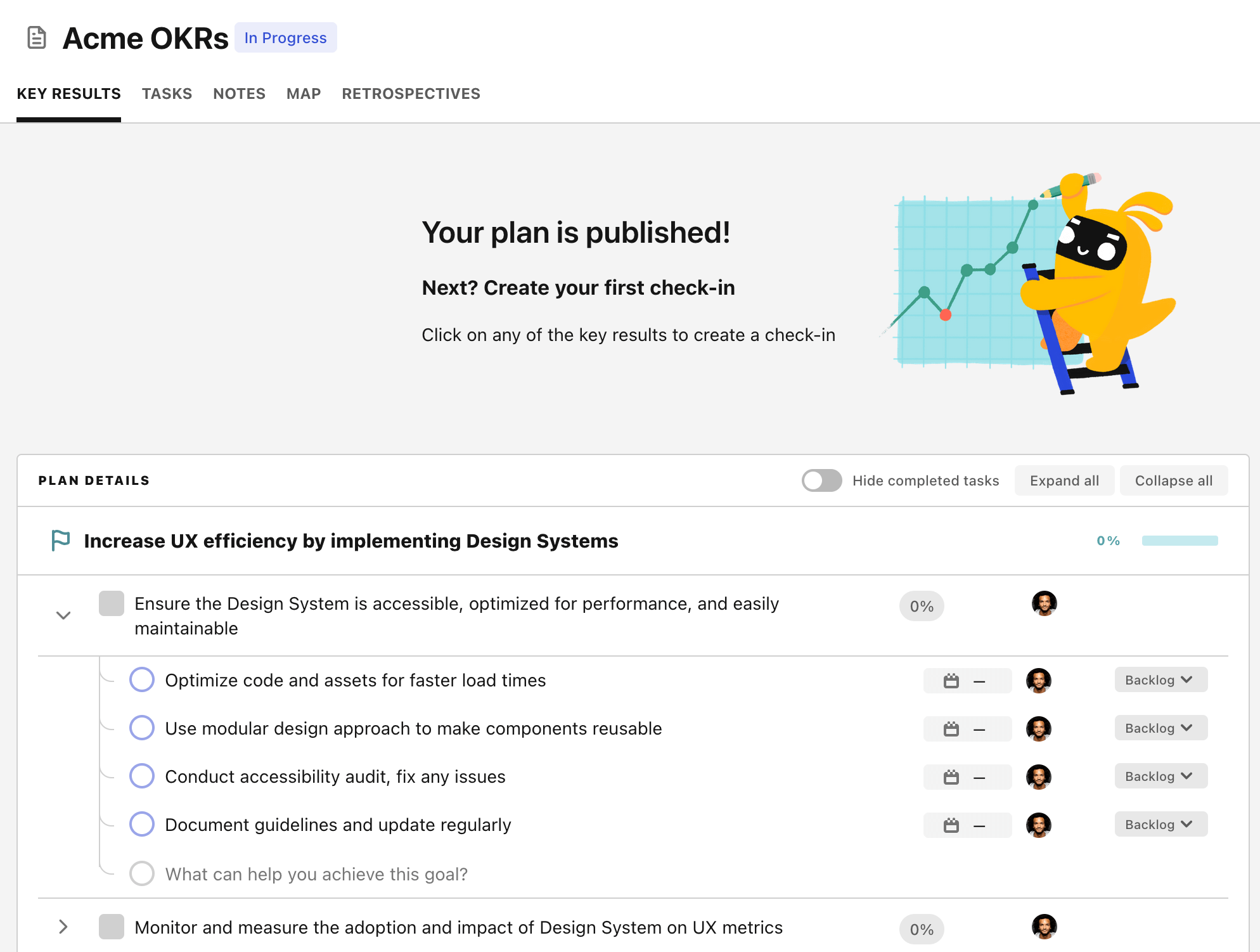OKR template to efficiently migrate services and databases to Google Cloud
Your OKR template
To minimize downtime, regular communication with stakeholders, infrastructure assessment, a detailed migration plan, and implementing redundancy measures are critical. To optimize costs, initiatives include eliminating unnecessary resources, regularly monitoring cost reports, researching cost-effective alternatives, and analyzing current costs.
Data migration essentialities include data cleansing, assessing current structure and volume, creating a detailed migration strategy, and executing a step-by-step process which ensures data integrity. The only objective without specific initiatives is the successful migration of all services from the current platform to Google Cloud.
The overall aim is to ensure a smooth shift to Google Cloud. This involves addressing any potential disruptions, cutting unnecessary costs, carefully migrating data, and successfully moving all services to Google's platform, with minimal impact on the ongoing operations.
ObjectiveEfficiently migrate services and databases to Google Cloud
KRAchieve minimal downtime during the migration process
Conduct regular communication regarding the migration process with all relevant stakeholders
Perform a thorough assessment of the existing infrastructure and identify potential issues
Develop a detailed migration plan with clear timelines and allocated resources
Implement redundancy measures and backup systems to minimize the impact of any disruptions
KROptimize costs by analyzing and implementing cost-effective solutions in Google Cloud
Identify and eliminate any unnecessary services or resources to reduce expenses
Regularly monitor and review cost reports and adjust strategies accordingly
Research and implement more cost-effective alternatives or optimized configurations for existing services
Conduct a thorough analysis of current Google Cloud services and associated costs
KREnsure seamless data migration from existing databases to Google Cloud
Perform necessary data cleansing and transformation to ensure compatibility with Google Cloud
Assess current database structure and data volume for smooth migration planning
Create a detailed data migration strategy outlining steps, tools, and timelines
Execute step-by-step migration process, verifying data integrity and minimizing downtime
KRSuccessfully migrate all services from current platform to Google Cloud
How to edit and track OKRs with Tability
You'll probably want to edit the examples in this post, and Tability is the perfect tool for it.
Tability is an AI-powered platform that helps teams set better goals, monitor execution, and get help to achieve their objectives faster.
With Tability you can:
- Use AI to draft a complete set of OKRs in seconds
- Connect your OKRs and team goals to your project
- Automate reporting with integrations and built-in dashboard
Instead of having to copy the content of the OKR examples in a doc or spreadsheet, you can use Tability’s magic importer to start using any of the examples in this page.
The import process can be done in seconds, allowing you to edit OKRs directly in a platform that knows how to manage and track goals.
Step 1. Sign up for a free Tability account
Go tohttps://tability.app/signup and create your account (it's free!)
Step 2. Create a plan
Follow the steps after your onboarding to create your first plan, you should get to a page that looks like the picture below.

Step 3. Use the magic importer
Click on Use magic import to open up the Magic Import modal.
Now, go back to the OKR examples, and click on Copy on the example that you’d like to use.

Paste the content in the text import section. Don’t worry about the formatting, Tability’s AI will be able to parse it!

Now, just click on Import from text and let the magic happen.

Once your example is in the plan editor, you will be able to:
- Edit the objectives, key results, and tasks
- Click on the target 0 → 100% to set better target
- Use the tips and the AI to refine your goals
Step 4. Publish your plan
Once you’re done editing, you can publish your plan to switch to the goal-tracking mode.

From there you will have access to all the features that will help you and your team save hours with OKR reporting.
- 10+ built-in dashboards to visualise progress on your goals
- Weekly reminders, data connectors, and smart notifications
- 9 views to map OKRs to strategic projects
- Strategy map to align teams at scale